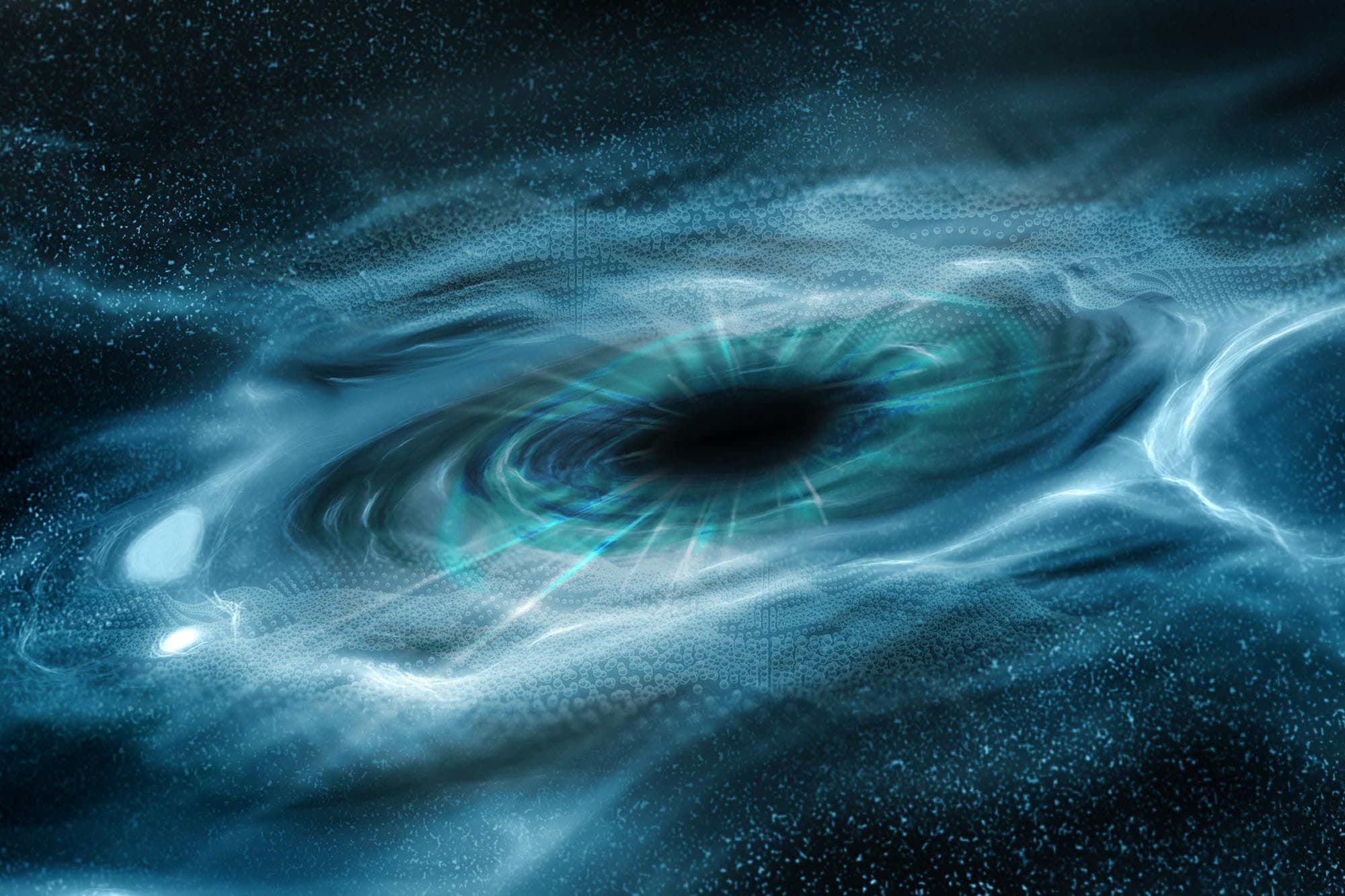Astronomers have made significant strides in understanding how the universe’s giant galaxies formed, a topic that has puzzled scientists for decades. Recent studies utilizing advanced telescopes and simulations have provided new insights into the processes that contribute to the growth of these massive cosmic structures.
Giant galaxies, often defined as those containing over a hundred billion stars, are believed to have formed through a combination of factors, including the merging of smaller galaxies, the accretion of gas, and the influence of dark matter. Research led by the European Southern Observatory (ESO) and various international teams has focused on the role of cosmic collisions and gravitational interactions in shaping these colossal entities.
One of the key findings from recent studies is the importance of galaxy mergers. When two galaxies collide, they can trigger a burst of star formation, leading to the rapid growth of stars and the formation of a giant galaxy. The Hubble Space Telescope has captured numerous images of such collisions, providing astronomers with valuable data to analyze the aftermath of these events.
Additionally, simulations conducted by researchers at the University of California, Berkeley, have demonstrated that dark matter plays a crucial role in the formation of giant galaxies. Dark matter, which makes up about 27% of the universe, is invisible and interacts primarily through gravity. These simulations suggest that the gravitational pull of dark matter halos can attract gas and dust, fueling star formation and leading to the creation of massive galaxies.
Another significant aspect of this research involves the study of the environment in which these giant galaxies reside. Observations from the Atacama Large Millimetersubmillimeter Array (ALMA) have shown that giant galaxies often form in dense clusters, where they can interact with other galaxies and acquire additional mass. This environment can enhance the growth of these galaxies, making them even larger over time.
The implications of this research extend beyond understanding the formation of giant galaxies. By studying these massive structures, astronomers can gain insights into the evolution of the universe as a whole, including the distribution of dark matter and the processes that govern galaxy formation. As telescopes become more advanced and simulations more sophisticated, scientists are optimistic that they will continue to unlock the mysteries surrounding the formation of these giant cosmic giants.
In conclusion, the latest research indicates that the formation of giant galaxies is a complex process influenced by mergers, dark matter, and environmental factors. As astronomers delve deeper into these cosmic phenomena, they are gradually piecing together the puzzle of how some of the universe’s largest galaxies came to be, ultimately enhancing our understanding of the cosmos itself.



